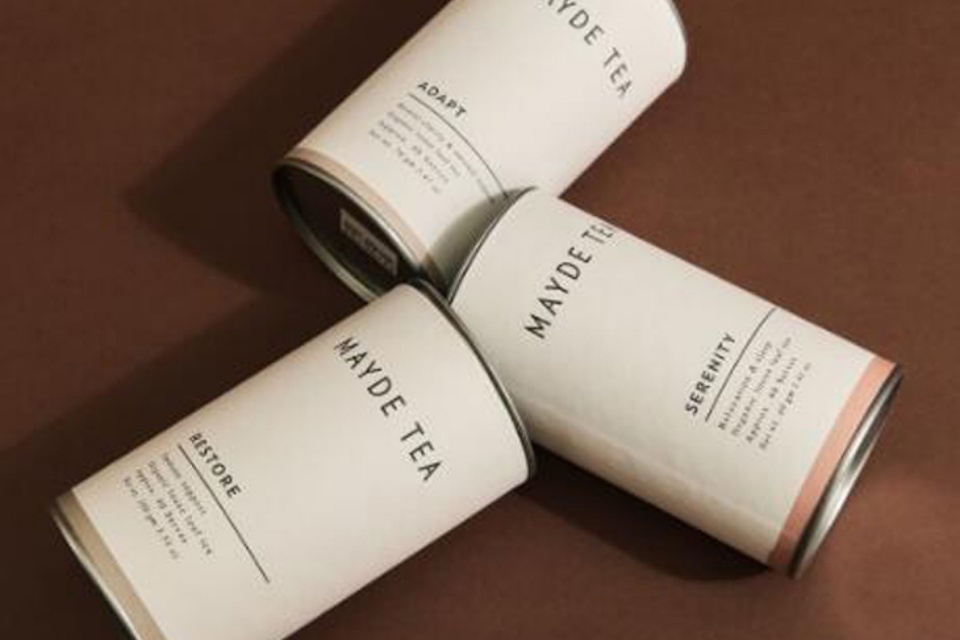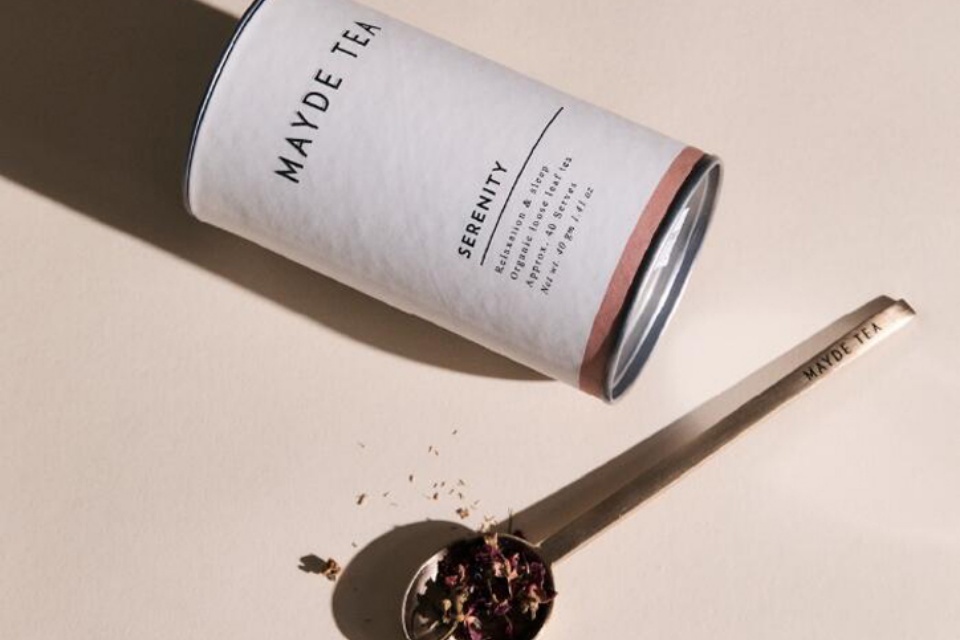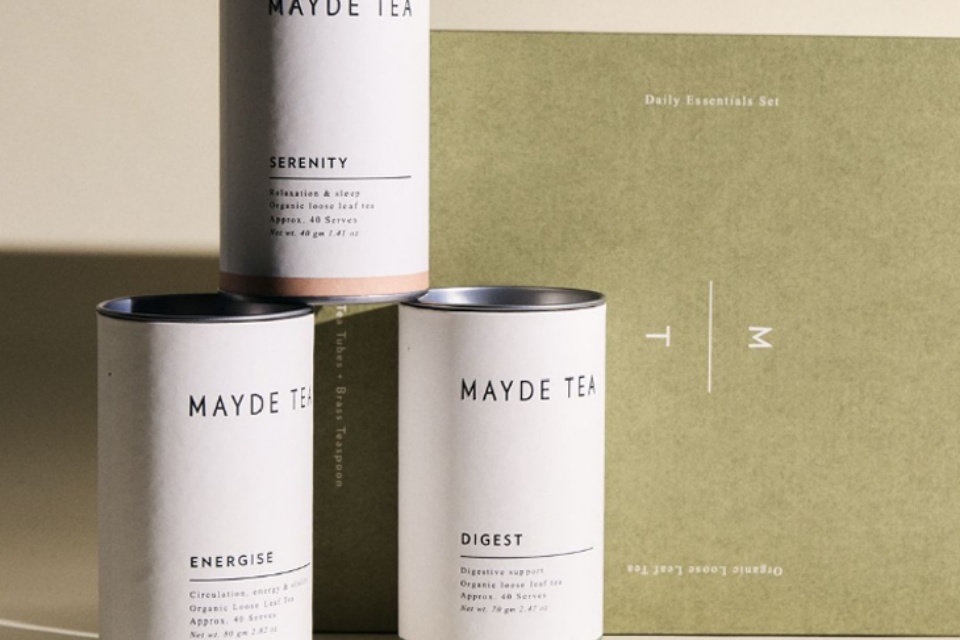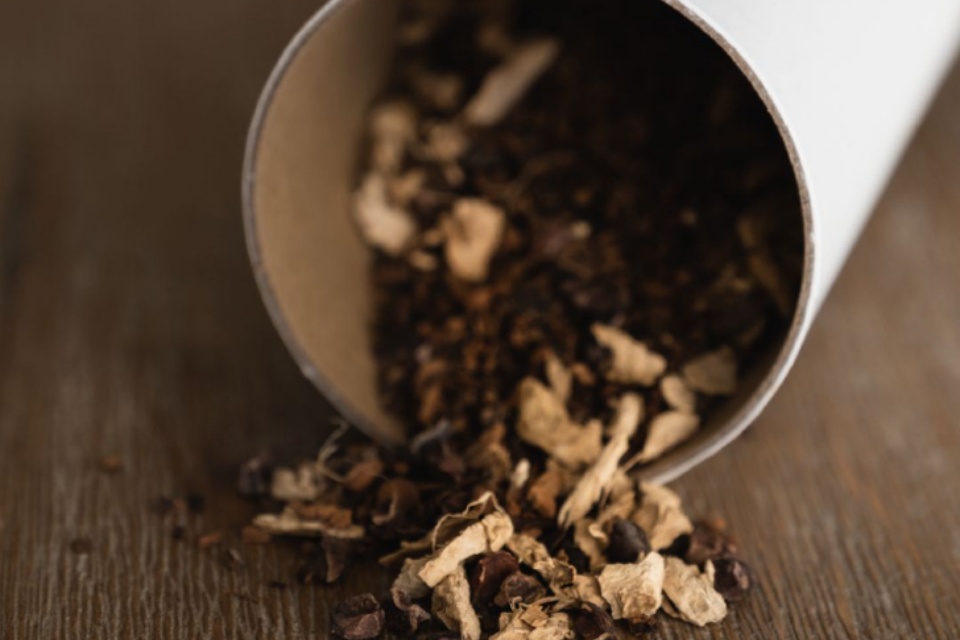Customizing Paper Tubes Lids and Inserts
Summary
Customizing paper tubes, including their lids and inserts, is an innovative approach in packaging design that enhances brand identity and product protection. These cylindrical packages are increasingly favored across various industries, particularly in cosmetics, food, and crafts, due to their eco-friendly materials and versatility. The customization process includes options for custom printing, tailored designs, and functional enhancements that allow businesses to distinguish themselves in a crowded marketplace while meeting consumer demand for sustainable packaging solutions.
Notable for their aesthetic appeal and practical advantages, customized paper tubes provide brands with the opportunity to create eye-catching designs that resonate with target audiences. Techniques such as custom offset printing and specialty finishes, including foil stamping and spot UV treatment, enable brands to effectively communicate their identity and narrative. Additionally, functional features such as snug-fitting inserts and secure closures improve product protection during shipping, fostering customer trust and satisfaction.
The rising emphasis on sustainability has further propelled the popularity of customized paper tubes, as brands increasingly seek alternatives to single-use plastics. Studies indicate that consumers are willing to pay a premium for products packaged sustainably, reflecting a broader shift in purchasing behavior toward eco-friendly options. This trend is evidenced by brands like Yousli and Musee Bath Bombs, which successfully incorporate custom paper tube packaging to enhance their product offerings while appealing to environmentally conscious consumers.
Despite their advantages, the customization of paper tubes is not without challenges. Brands must navigate the balance between aesthetic appeal, functionality, and cost-effectiveness, as well as ensure the use of sustainably sourced materials to align with consumer values. As the market for customized paper tubes continues to grow, understanding consumer preferences and leveraging innovative design strategies will be crucial for companies looking to thrive in the evolving packaging landscape.
Table of Contents
Types of Customization
Custom Printing Options
Custom printing is a vital aspect of paper tube packaging, enabling businesses to enhance their brand identity and attract consumers. Options include simple logo and text printing on Kraft cardboard tubes for a natural look, as well as full-color artwork that covers the entire surface of the tubes. The most popular method for achieving this is custom offset printing, which allows almost any digital design to be transferred onto the packaging. Moreover, special finish treatments such as shiny foil stamping and spot UV can create a luxurious appearance, making products stand out on retail shelves.
Functional Enhancements
Customization goes beyond aesthetics; it also involves functional improvements. Incorporating inserts into paper tube boxes provides additional protection and organization, particularly when multiple items are packed together. Consumer feedback indicates that well-designed inserts enhance the unboxing experience and minimize product damage during transit, leading to increased customer satisfaction. Additionally, features like closures (tuck tops, snap-on lids) and handles enhance usability and portability, ensuring products remain secure and easily transportable.
Tailored Designs for Product Protection
The protective capabilities of paper tube packaging can also be enhanced through customization. Tailored designs that fit the product snugly minimize movement during shipping, reducing the risk of damage. Specialized features such as reinforced structures and snug-fitting inserts are essential for safeguarding products and assuring customers of quality. This level of attention to protective design fosters trust in the brand and improves overall customer confidence.
Aesthetic Features
Patterns and styles play a crucial role in the aesthetic appeal of customized paper tubes. By incorporating visually engaging patterns, brands can effectively communicate their identity and narrative. Choosing the right pattern style is essential; for instance, minimalist designs may be more suitable for tech products, while hand-drawn aesthetics might resonate better with nature-inspired brands. Patterns serve not only as decoration but also as a means to convey the brand’s story and product details, leaving a lasting impression on consumers.
Material and Finish Options
The choice of materials significantly influences both durability and visual appeal. Popular options for paper tube packaging include textured, glossy, and eco-friendly papers, which reflect the brand’s values and the quality of the product being packaged. The finishing options, such as coated paper or specialty papers, can enhance the overall look and feel of the packaging, thereby elevating the customer experience.

Benefits of Customizing Tubes
Customizing paper tubes offers numerous advantages that can significantly enhance brand identity, product protection, and overall consumer experience.
Brand Differentiation and Appeal
One of the most significant benefits of custom tubes is their ability to allow brands to create eye-catching packaging that stands out in a crowded marketplace. The customization options, such as colors, sizes, and finishes, enable companies to reflect their unique brand personality and style. For instance, brands like SKII have successfully utilized vibrant designs in their packaging to establish a memorable visual presence that resonates with consumers. This aspect of branding is crucial as it helps products appear more creative and unique, thereby attracting attention and driving sales.
Cost-Effectiveness
Custom tube packaging can be a financially viable option for businesses, particularly in the e-commerce sector. The materials used for these tubes are often affordable, and bulk production can further lower costs, making them an economical choice for large-scale operations. Moreover, the protective nature of tube packaging reduces the risk of product damage during shipping, leading to lower associated costs and enhancing the overall profitability of businesses.
Space Efficiency and Logistics
Another advantage of customizing tubes is their space-efficient design. Unlike traditional box packaging, custom tubes can be easily stacked and stored, optimizing warehouse space and reducing storage costs. This efficiency extends to shipping, as more tubes can fit into a single shipment compared to other packaging forms, ultimately lowering transportation costs and improving supply chain management.
Enhanced Product Protection
Customizing paper tubes not only enhances aesthetics but also improves product protection. Tailored designs ensure a snug fit for products, minimizing movement during transportation and reducing the risk of damage. Features such as reinforced structures or snug-fitting inserts further enhance the protective capabilities of the packaging, ensuring that products arrive in pristine condition.
Emotional and Ethical Engagement
Packaging serves as a platform for storytelling, enabling brands to convey their values and narratives effectively. Custom tubes can incorporate elements that communicate authenticity, sustainability, and ethical practices, fostering a deeper emotional connection with consumers. This connection can lead to increased customer loyalty, as consumers are more likely to engage with brands that resonate with their values and beliefs.

Applications of Customized Paper Tubes
Customized paper tubes have a wide array of applications across various industries due to their versatility and eco-friendly nature. They serve not only as packaging solutions but also as integral components in creative projects and product displays.
Packaging Solutions
Customized paper tubes are widely used for packaging a variety of products, ranging from cosmetics to food items. Their ability to be tailored in size, color, and finish allows brands to create packaging that is not only functional but also visually appealing. For instance, small diameter tubes are ideal for labeling, papers, or soft plastics, making the packaging and usage of these items easier and more efficient. The structural integrity of these tubes ensures that the products remain safe during transportation, protecting them from moisture and environmental damage.
Creative Projects and Crafts
Beyond commercial packaging, customized paper tubes have become popular in the crafting community. Their unique cylindrical shape lends itself well to a variety of creative applications, including DIY projects, educational tools, and art installations. The ability to customize these tubes allows artists and crafters to experiment with different designs and finishes, making them an essential resource in the world of creative expression.
Sustainable Alternatives
As the demand for sustainable packaging solutions continues to rise, customized paper tubes present an eco-friendly alternative to traditional plastic packaging. Their recyclable nature aligns with increasing consumer awareness and demand for environmentally responsible products. The use of these tubes is particularly prominent in sectors such as cosmetics and food packaging, where brands are seeking to enhance their sustainability profiles while maintaining product integrity and aesthetics. This trend is supported by regulatory pressures and consumer expectations for greener options, making customized paper tubes a preferred choice for many manufacturers.

Market Penetration and Industry Growth
The global market for customized paper tubes is expanding, driven by a combination of rising disposable incomes, increasing awareness of sustainable products, and the ongoing shift away from single-use plastics. Companies are leveraging customized paper tubes not only for packaging but also to build brand loyalty through innovative and attractive designs that resonate with consumers. This focus on customization contributes significantly to the overall growth of the tube packaging market, highlighting the importance of understanding customer needs and market trends.
Manufacturing Process
The manufacturing process of custom paper tubes involves several critical stages that ensure the final product meets specific design and functional requirements. This process typically includes web winding, folding, and precise bending techniques, which enable the production of tubes and cores in various shapes—such as round, square, oval, or conical—to cater to specialized packaging, storage, and product protection needs.
Production Techniques
Once the materials are prepared, several advanced production techniques come into play. Web winding is a common method where sheets of paper are wound onto a cylindrical form. This technique is critical for creating the tube’s structure. Additional operations, such as die-cutting, embossing, and window punching, may be employed to enhance the tube’s functionality and aesthetic appeal. Customization is a key aspect of the manufacturing process. Manufacturers often offer tailored solutions that align with the specific needs of their clients, including variations in size, shape, and design. This flexibility allows businesses to create unique packaging solutions that stand out in the market.
Material Selection and Preparation
Selecting the right material is a foundational step in manufacturing paper tubes. Manufacturers often consider factors such as product characteristics, brand positioning, market demands, and environmental requirements. The use of recycled or responsibly sourced materials has become essential, as it aligns with the increasing demand for sustainable packaging solutions. Brands that neglect these considerations may find themselves losing favor with environmentally conscious consumers.

Quality Control and Finishing
To ensure high-quality output, strict quality control measures are implemented throughout the manufacturing process. This includes monitoring the production stages for consistency and precision, which is essential for maintaining product integrity. Additionally, finishing touches such as custom printing and labeling can be applied inline or offline, providing brands with opportunities to reinforce their identity and differentiate their packaging.
Finalization and Delivery
After production and quality checks are complete, the tubes undergo finalization, which may include applying protective coatings or creating specialized closures for enhanced functionality. Timely delivery is crucial in the fast-paced market environment, prompting manufacturers to adopt efficient scheduling practices to meet customer demands swiftly. As industries continue to evolve, the manufacturing process for paper tubes is expected to incorporate further advancements in automation and sustainable practices, ensuring that manufacturers can meet both quality and environmental standards while addressing the diverse needs of their clients.
Environmental Considerations
The shift towards sustainable packaging has become a critical consideration in the manufacturing and design of paper tubes, lids, and inserts. With growing environmental consciousness, both consumers and brands are prioritizing eco-friendly solutions to reduce plastic waste and overall carbon footprints. This shift is underscored by the demand for sustainable packaging options that align with consumers’ values of responsibility and environmental stewardship, as evidenced by 92% of shoppers considering sustainability important when choosing a brand.
Consumer Preferences and Sustainability
A significant portion of consumers now actively seeks products with sustainable packaging. Reports indicate that 78% of U.S. consumers value a sustainable lifestyle, with many willing to pay more for products that meet eco-friendly criteria. This heightened awareness translates into an increasing preference for materials like paper, which, when sustainably sourced, is biodegradable and recyclable, making it a favorable alternative to traditional plastic packaging. In addition, the demand for recycled materials is on the rise, closing the loop in the circular economy and fostering a more sustainable product lifecycle.
Innovations in Packaging
The evolution of packaging technologies also plays a vital role in enhancing sustainability. Innovations such as chemical recycling allow for a broader range of plastic types to be recycled, promoting the use of recycled content in packaging. Moreover, advancements in sorting technologies improve recycling efficiency, ensuring that materials are effectively processed and reused. The use of biodegradable materials, which decompose naturally, along with recyclable and reusable materials, exemplifies the industry’s commitment to reducing environmental impact and supporting sustainable practices.
Strategies for Sustainable Packaging
To further amplify sustainability initiatives, brands are encouraged to adopt minimalist designs, utilize mono-materials to facilitate recycling, and explore innovative product formats that minimize waste. For example, transitioning from liquid to solid product forms can significantly reduce transport emissions by avoiding the shipping of water. Implementing pilot programs to test alternative packaging solutions allows brands to assess feasibility while maintaining product integrity and cost-effectiveness.
Consumer Preferences and Trends
Evolving Consumer Attitudes
Consumer preferences regarding packaging have shifted significantly in recent years, reflecting a growing awareness and prioritization of sustainability. Modern consumers are increasingly demanding eco-friendly products and practices, with 78% of U.S. consumers considering a sustainable lifestyle to be important. This heightened environmental consciousness is largely influenced by access to information and social movements that emphasize ecological responsibility. Consequently, brands must adapt to these changing preferences to maintain competitiveness in the marketplace.
Importance of Sustainability
Research indicates that sustainability is now a central factor in consumer purchasing decisions. For instance, 30% of consumers are more likely to purchase products with eco-friendly credentials, and approximately 50% consider sustainability one of their top four purchase criteria. Furthermore, 92% of shoppers state that sustainability plays a crucial role in their choice of brand. As consumers become more informed, they seek brands that align with their values, emphasizing the need for clear and transparent communication regarding sustainability efforts.
Market Dynamics
The demand for sustainable packaging solutions is further fueled by regulatory pressures and global sustainability agendas, such as the EU’s Packaging and Packaging Waste Directive and the United Nations Sustainable Development Goals. This has prompted many brands to transition to biodegradable and recyclable packaging options, a trend that is expected to continue into 2025 and beyond. Notably, sustainable product growth is occurring at a rate 2.7 times faster than that of traditional goods, showcasing a significant market shift.
Emotional and Psychological Influences
Packaging design also plays a vital role in influencing consumer behavior, as it can evoke emotions and establish connections with the brand. Elements such as visual appeal, functional design, and authenticity contribute to how consumers perceive a product. Effective packaging can tap into emotional triggers, creating feelings of nostalgia, joy, or belonging that resonate with consumers. For instance, successful brands often use specific colors and imagery to convey brand identity and values, enhancing the overall consumer experience and fostering brand loyalty.
Case Studies
Successful Applications of Custom Paper Tubes
Studying successful case studies of custom paper tube packaging reveals the versatility and effectiveness of this eco-friendly option in enhancing brand identity and customer engagement. Notable brands such as Yousli and Musee Bath Bombs exemplify the successful integration of paper tube packaging into their product lines, showcasing how thoughtful design can attract eco-conscious consumers and elevate brand image.
Yousli
Yousli, a brand focused on wellness products, utilizes custom paper tubes that align with its sustainable ethos. By employing biodegradable materials and engaging designs, Yousli not only enhances the visual appeal of its products but also reinforces its commitment to environmental responsibility. The packaging design reflects the brand’s identity, helping it stand out on the shelves while minimizing plastic waste.
Musee Bath Bombs
Similarly, Musee Bath Bombs incorporates colored paper cans for their bath bomb products, effectively communicating product variety and enhancing the unboxing experience for customers. The vibrant colors and unique designs serve to draw attention and provide a memorable customer experience, further establishing Musee as a brand dedicated to quality and sustainability. Their use of custom paper tube packaging contributes to both product protection during shipping and a positive perception among environmentally aware consumers.
Industry Trends and Consumer Behavior
The growing popularity of paper tube packaging is not only attributed to its aesthetic qualities but also its role in addressing sustainability concerns. As the global market for eco-friendly packaging continues to expand—projected to reach over $250 billion by 2026—brands are increasingly adopting paper tubes to reduce landfill waste and support a circular economy. Companies that successfully implement customized paper tube designs often see increased customer engagement and sales, as research indicates that personalized packaging can significantly influence purchasing decisions.
Psychological Impact of Packaging Design
Understanding the psychology behind packaging design is critical for businesses seeking to create effective and impactful solutions. Successful brands leverage customizations, such as color coordination and pattern design, to resonate with consumers’ subconscious preferences, thereby enhancing brand loyalty and driving sales. By studying the design strategies employed by brands like Yousli and Musee Bath Bombs, other businesses can glean insights into effective packaging that resonates with their target audience.
